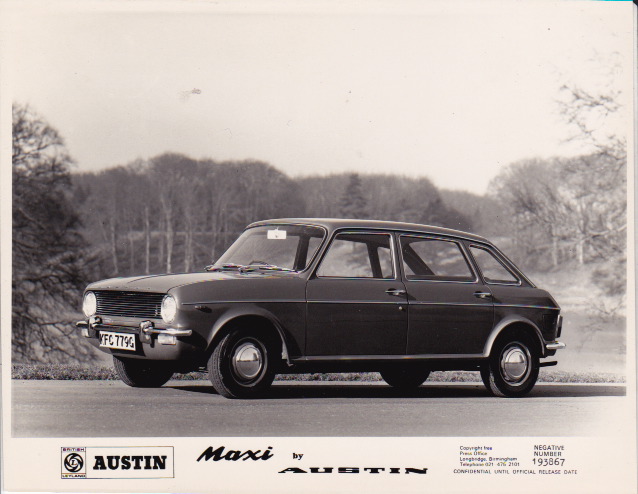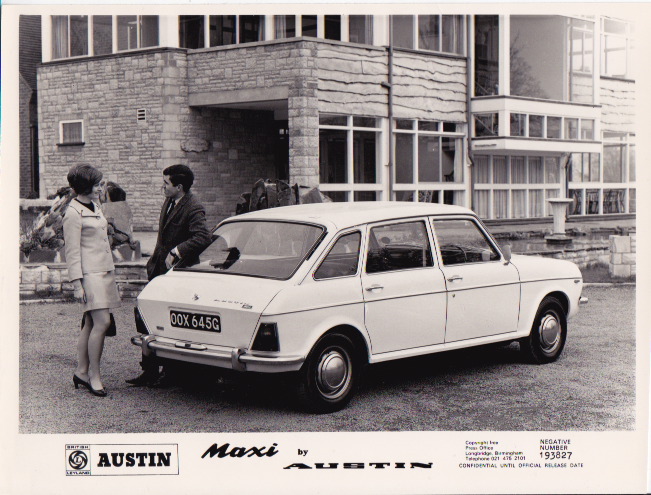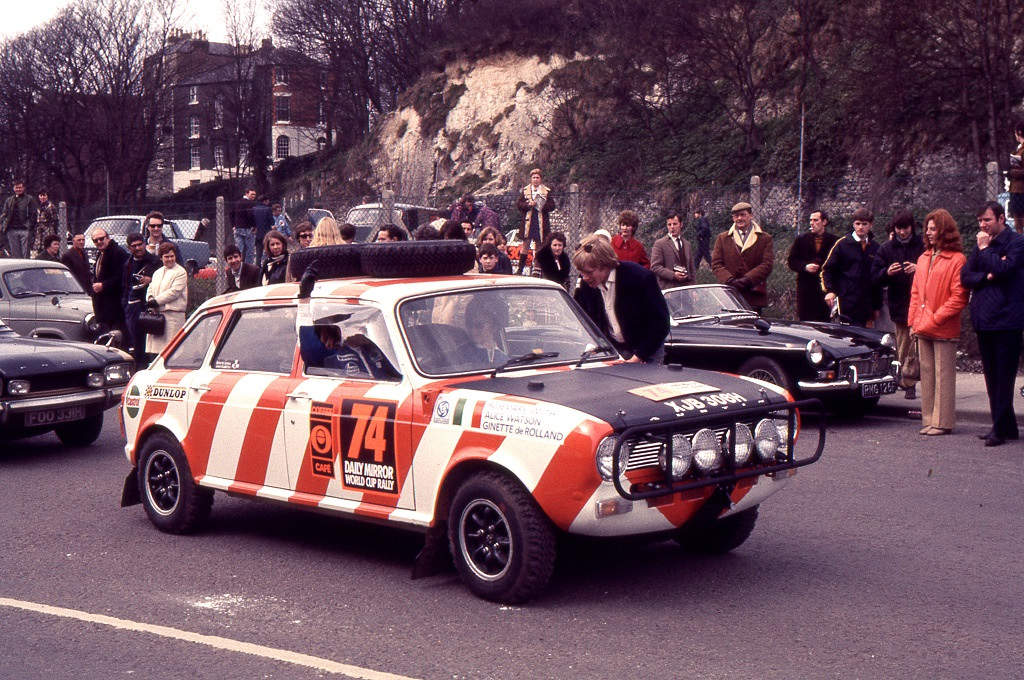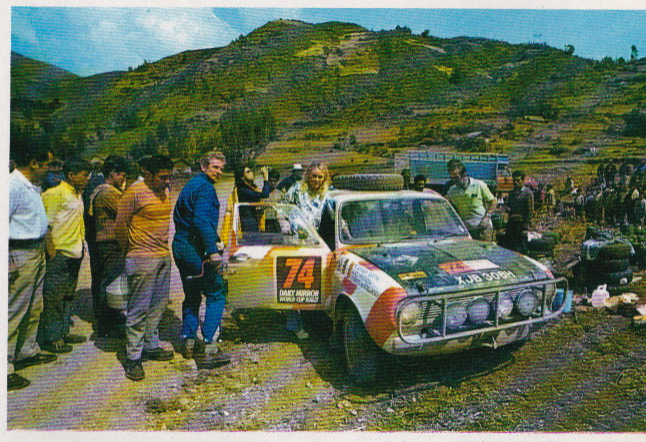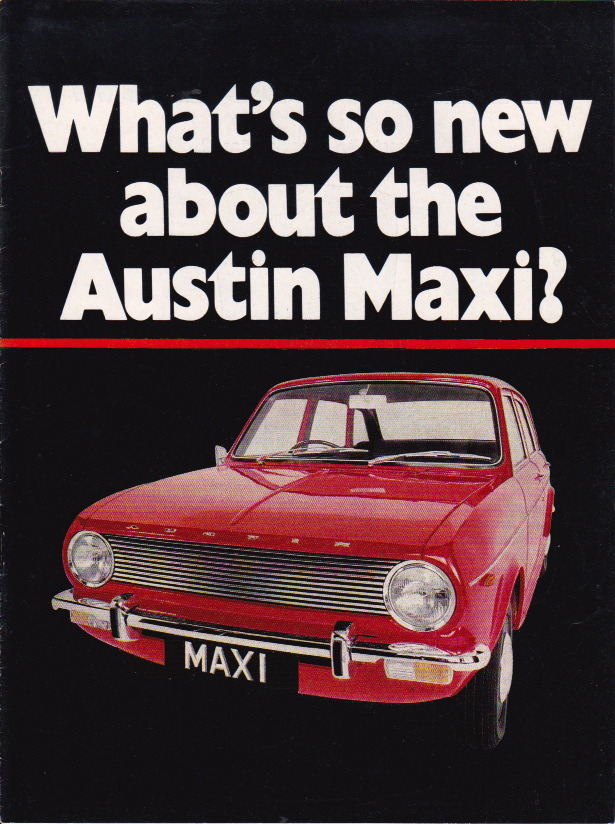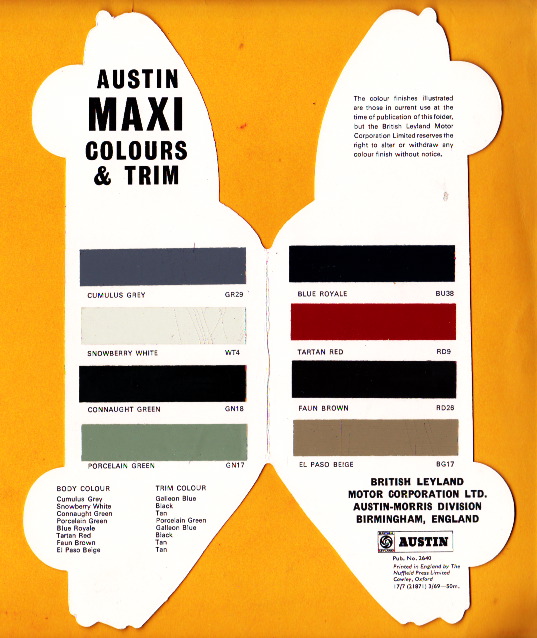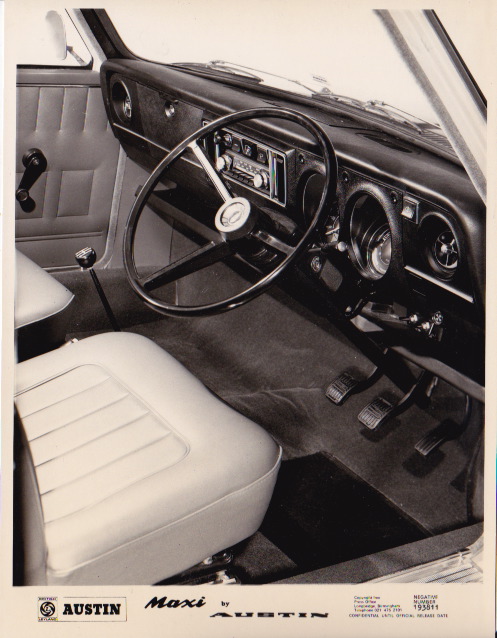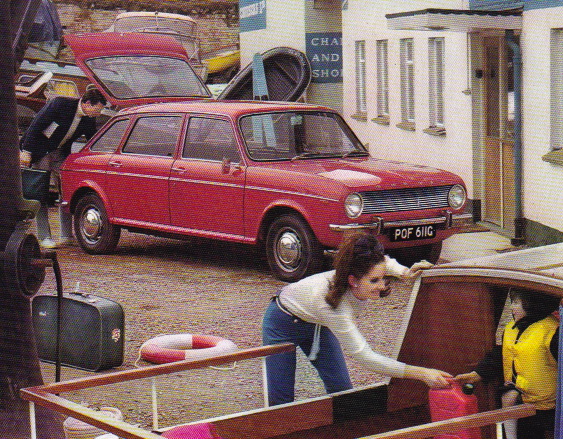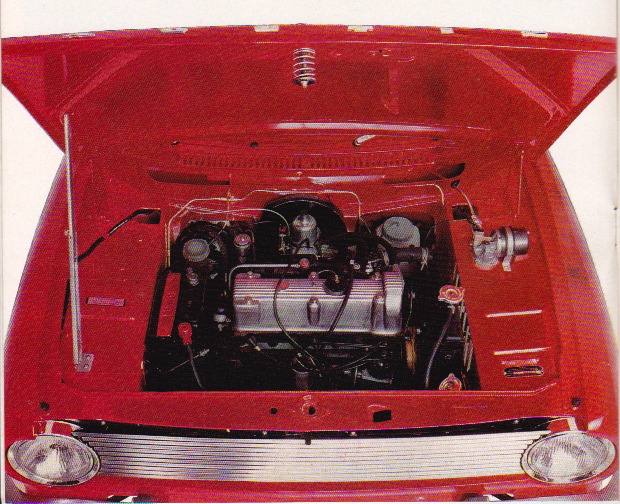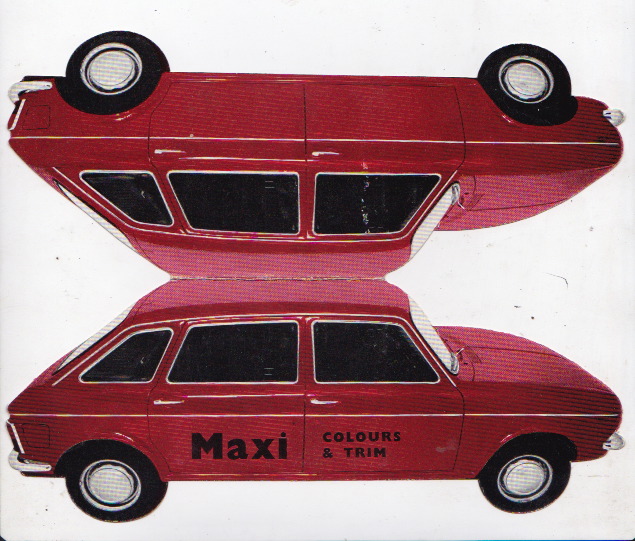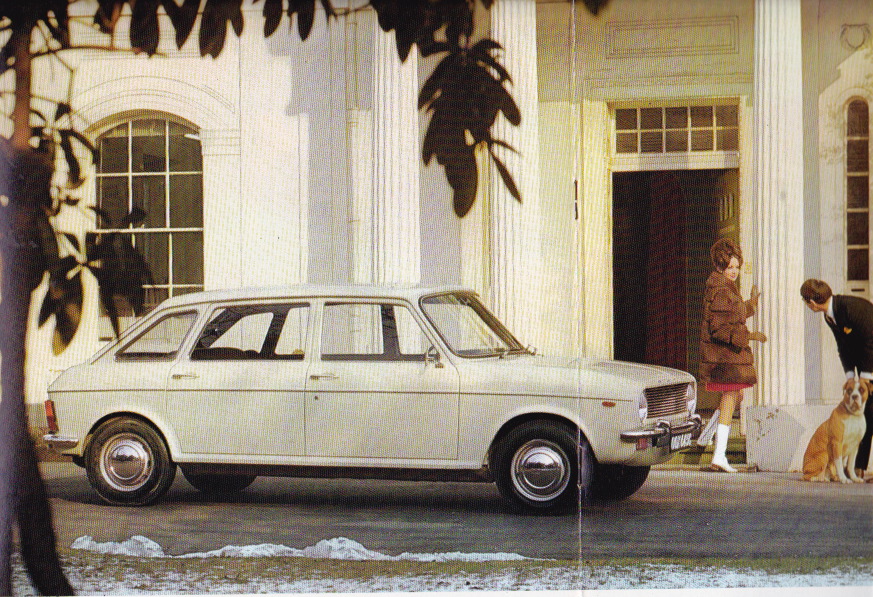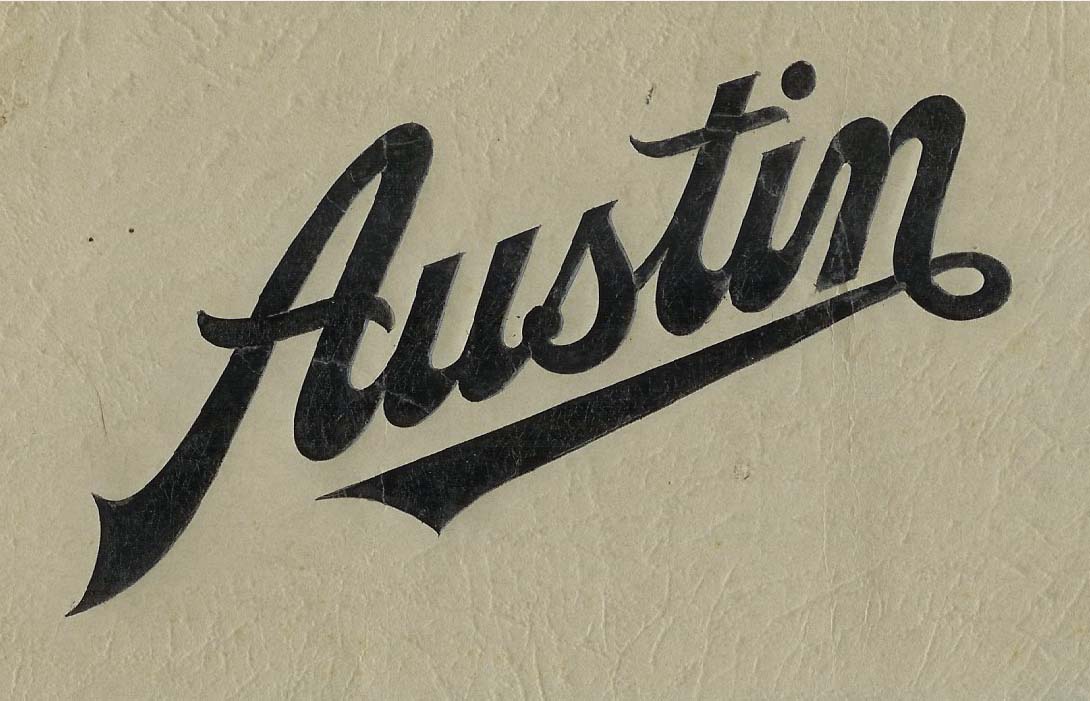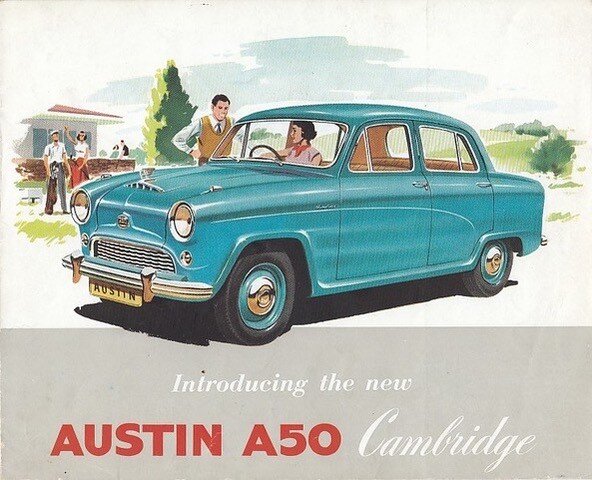Fifty years of the Austin Maxi - Happy Birthday!

This month, April 2019, marks the Fiftieth Anniversary of one of Britain’s often forgotten cars – the Austin Maxi.
Twelve months before, British Leyland had been formed from the merger of BMC and Leyland making it at the time, the world’s fourth largest motor manufacturer after GM, Ford and Chrysler. The Maxi had been on BMC’s drawing boards for some time, to bridge the gap between the 1100/1300 and the 1800, as well as replacing the ageing Austin A60. It was looked on as either BMC’s last car or British Leyland’s first.
Renault introduced the unconventional 16 in 1965, which was the first hatchback as we know them now. BMC bought two and the 16’s concept influenced both the Maxi in Britain and the Morris Nomad in Australia. Very few manufacturers were without a small hatchback in their line-up within the next five years.
It was certainly the first of many things; Britain’s first Hatchback, first British 5-speed gearbox and a new OHC 1485 cc engine. It is thought that Alec Issigonis, the designer of the Morris Minor, the Mini, 1100 and 1800 thought the Maxi his finest achievement. It had all the attributes of the earlier cars – transverse engine, Hydrolastic suspension, front-wheel-drive, incredible space inside the car relative to its overall length and legendary handling and road-holding for its time.
With the addition of the new features, it should have been an absolute winner; taking on established market leaders such as the Ford Cortina, Hillman Hunter and Vauxhall Victors and so on.
Maxi Press Book
The Maxi got off to a shaky start, as they hadn’t sorted out the cable gear shift (you’d think they had learnt with the 1800) leading one motoring writer to liken it to stirring marbles in a bucket with a knitting needle. Its looks were compromised by using the 1800’s doors, so sales were not up to BL’s expectations. At the end of 1970 the whole car was revamped with a better interior, a bigger engine option and more attractive colours. The initial aim was to sell about 200,000 a year, but for the next ten years, they only managed to produce just under 500,000 in total.
Most people who owned them loved them and it has been described as ‘almost a great car’ by historians. In summary, it is seen as a versatile, well-packaged and under rated car- but alas, it never received the development it deserved. This club has had two of them – my 1974 1750 and Morrie Currie’s 1976 1750 HL .
Morrie Currie’s Maxi on left and the Maxi I had on the right
It really only saw action in competitions once – in the 1970 World Cup Rally from London to Mexico. Four were entered and Rosemary Smith with her ladies team came in 10th and the Red Arrows 22nd out of 96 starters and 23 finishers.
One of the four Maxis entered - this one driven by royalty did not finish; Prince Michael of Kent in London with one of the Russian contenders - a Soviet Moskvitch which did finish.
Below are images from the Maxi brochure for the first Maxi in April 1969.


